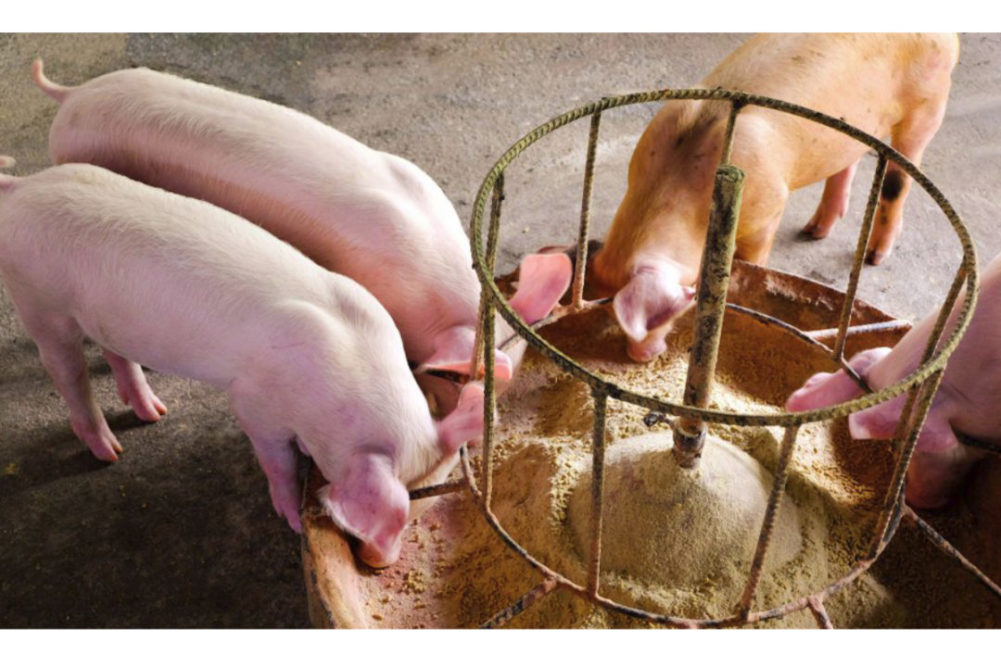ST. PAUL, MINN. - The University of Minnesota recently announced that it secured $500,000 to study how new influenza viruses occur in pig populations. The university will look at age, well-being, farm production type and epidemiological factors could help predict a new virus strain.
Researchers will examine viral gene reassortment when two different influenza viruses infect the same cell and then swap gene segments. This is a common cause of new infections in both pigs and humans.
“Though most pigs recover from influenza, the virus affects pork producers financially because infected pigs take longer to gain weight—meaning more time on the farm prior to market,” the University of Minnesota said.
Scientists from the Department of Veterinary Population Medicine will lead the study, including principal investigator Montserrat Torremorell, DVM, PhD.
The team will try to prove the hypothesis that influenza reassortment is common and driven by factors like age, immunity, and the production system. They’ll take samples from pigs aged either 8 or 16 weeks from farms known to have two distinct Influenza A strains in circulation.
The group will first characterize the virus strains in individual farms during the study.
They will then look at whether certain populations of pigs, namely young populations lacking protective immunity, are responsible for the gene reassortment that leads to new infectious strains. The researchers hope to quantify the extent of reassortment that occurs.
If the work is conclusive, it could lead to new management practices and vaccine protocols.



